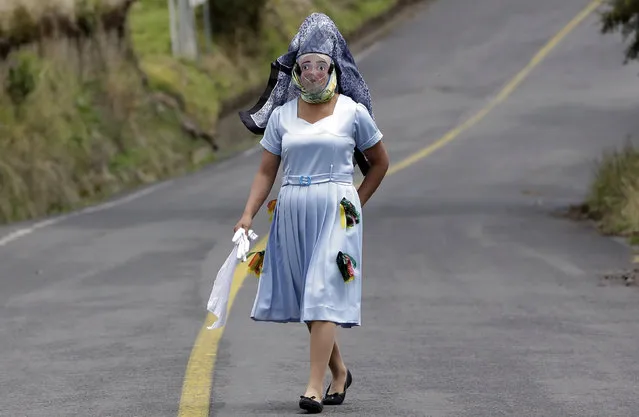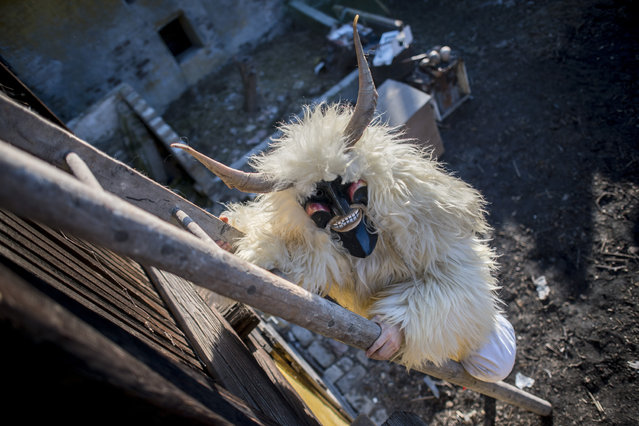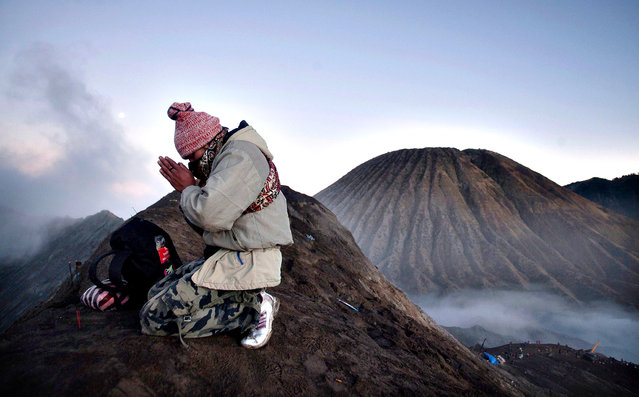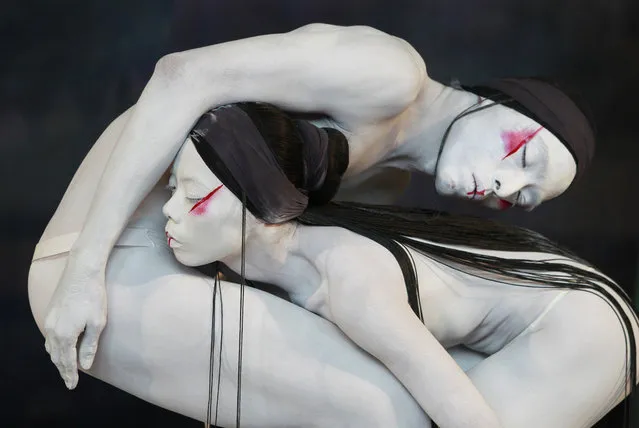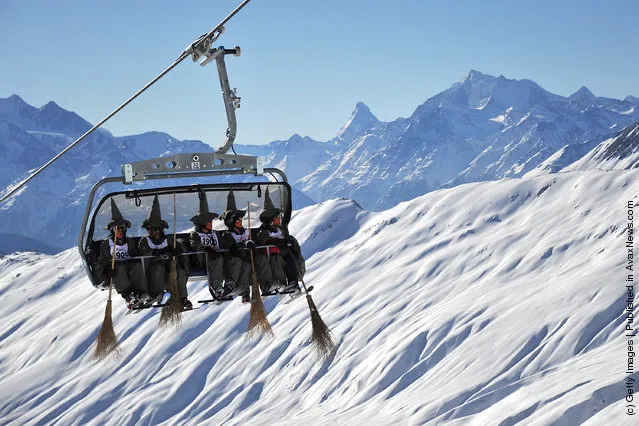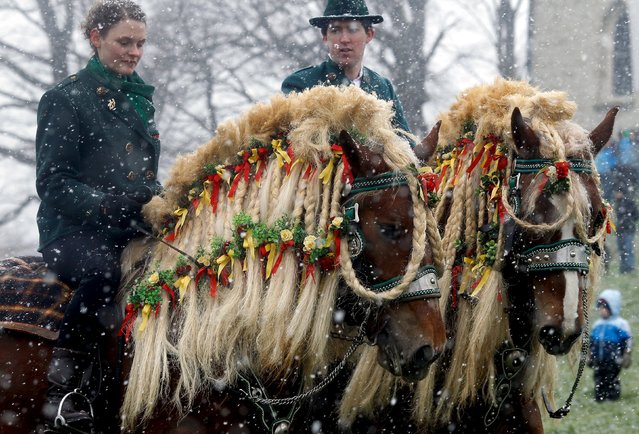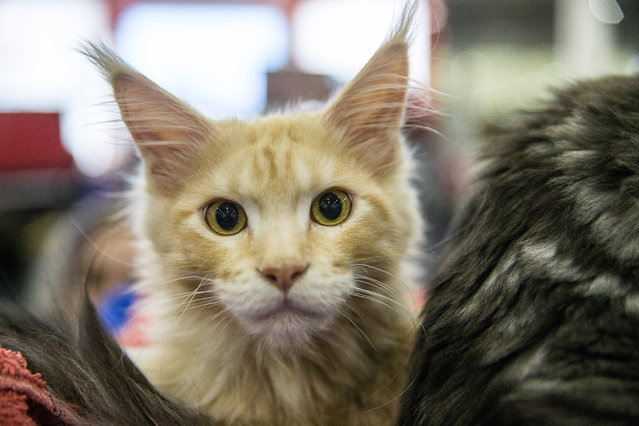
An alert-looking Maine Coon during the Grand Prix Royal Canin cat exhibition in Moscow, Russia on December 4, 2016. The breed’s origin is unknown, but one legend claims it is descended from cats brought to the US by an English seafarer called Captain Coon. (Photo by Dmitry Serebryakov/TASS)
06 Dec 2016 10:58:00,post received
0 comments

